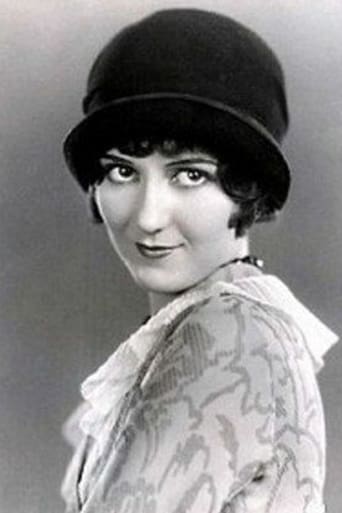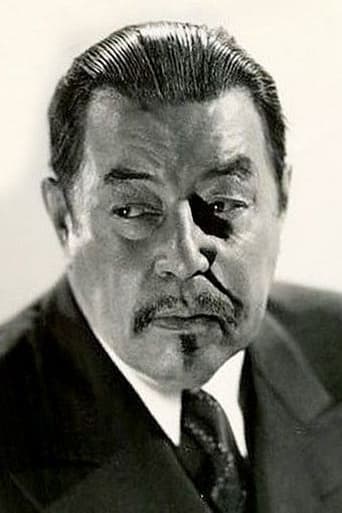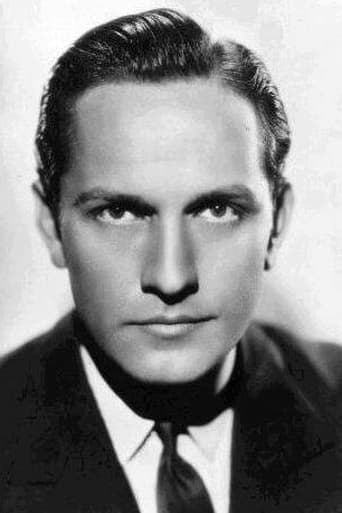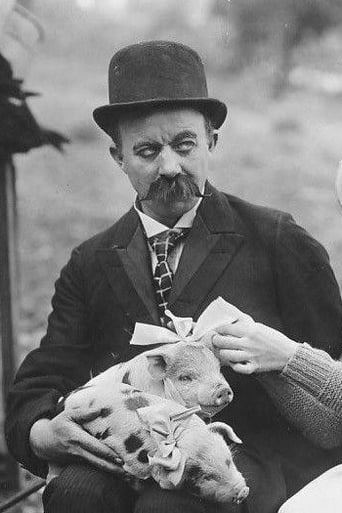Alicia
I love this movie so much
Voxitype
Good films always raise compelling questions, whether the format is fiction or documentary fact.
Humaira Grant
It’s not bad or unwatchable but despite the amplitude of the spectacle, the end result is underwhelming.
Zandra
The movie turns out to be a little better than the average. Starting from a romantic formula often seen in the cinema, it ends in the most predictable (and somewhat bland) way.
blanche-2
"The Studio Murder Mystery" from Paramount Pictures in 1929 stars Warner Oland, Frederic March, Neil Hamilton, Eugene Palette, and Doris Hill.Actor Richard Hardell (March) has several enemies. One is his director (Warner Oland), another is his girlfriend (Hill) who finds out he's not going to divorce his wife (Florence Eldridge) and Hardell's wife herself.When Helen is accused of the murder, gag writer Tony White (Hamilton) is determined to solve the case. Many people don't realize that "sound" was different in each studio, as Warners had the license for the Vitaphone. Whatever Paramount owned was nowhere near as good, as the sound here is mushy, and when people speak too quickly, you lose what they are saying.This film differs from the era's talkies in that it moves at a good pace. With people not in the rhythm of sound yet, there are often big pauses between sentences, but not here. And people were still learning how to act in front of a camera. Many actors came from the stage, where performances are much bigger.One reviewer here didn't like Neil Hamilton, but I did. He's handsome and enthusiastic and if he seems maybe TOO enthusiastic, I think it was more the style of the era. Hamilton, who died at 85, played Commissioner Gordon on Batman. Interesting to see some of these people so young!You can get a look at Paramount sound stages on this film, too, which is fascinating, and there is a silent film being shot during one of the scenes.Good artifact.
gridoon2018
It's rather easy for a contemporary viewer to spot the killer early in "The Studio Murder Mystery" (it practically uses the same gimmick as the even earlier Philo Vance cinematic debut "The Canary Murder Case", also made by Paramount and also with Eugene Palette in the cast, in the same role with a different name). But the movie is still fun to watch, especially for buffs of the genre who want to see it taking its first baby steps. Frank Tuttle (who also directed some Philo Vance films) was a director who adapted quickly to the new "talkie" era, and employed the advances of the medium (flashbacks, close-ups, etc.). The film does not feel very static. Also of interest is the presence of Warner Oland, who is excellent in an early, pre-Charlie Chan role. **1/2 out of 4.
bkoganbing
I happen to see this film on YouTube in 11 segments which made watching it easier. It is in bad need of restoration and the fact that it is Fredric March's third film might get it restored.It's an early talkie and it is complete with all the problems that those films had. March who was one of many stage trained players with good speaking voices who came to Hollywood with the popularity of talking pictures. March seemed to know what to do and the film's other players also were not playing for the galleries like they would on stage. The problem with the film is that it has too much talk. It's as if Paramount said, we know have sound, let there be dialog. And there is dialog with no trace of subtlety at all.March who is fourth billed in the cast plays a no good womanizing actor who regularly two times his wife and in this case his real life spouse Florence Eldridge makes her first joint appearance on film with her husband. She's one of many suspects that include Doris Hill a young starlet he's been stringing along, her brother Gardner James, her father Guy Oliver, and a director Warner Oland whose wife March had also been playing around with. Not until he played Marcus Hubbard in Another Part Of The Forest would March play this slimy a character on screen.Also on the suspect list is Neil Hamilton who's a gag writer at the studio and has as fresh a mouth you would hear this side of James Cagney. He and investigating detective Eugene Palette who has a most stupid looking mustache are oil and water from the beginning. Hamilton keeps throwing zingers at Palette and he earns his way on the suspect list for that alone. If I had some good ideas about solving the murder I wouldn't antagonize the investigating detective. Truth be told Palette is no dumber than he is playing Sergeant Heath in the Philo Vance films and William Powell worked well with him.But as luck would have it Hamilton solves the crime by coming up with some background information on one of the suspects. In that he frees another who was tried and convicted.There is a nice look at Paramount studios at the beginning of the sound era in The Studio Murder Mystery. In a few years once the technical and script problems for sound were licked this might have been a better picture.
malcolmgsw
This is a very interesting look at the Paramount lot in 1929.In the film within a film inside the studio the "film" being made is clearly a silent.The camearmen are cranking their cameras by hand and there is a small orchestra to give mood music to the actors.However on the back lot they are making a sound film as is apparent from the man at a control board.Much of the early action takes place by the famous main gate.Beyond this the copy that i have is from a rather battered print,so it is hard at times to make out what the actors are saying.It is a typical whodunit from the early talkie days with a very young Frederick March.Worth viewing for its historic interest.




